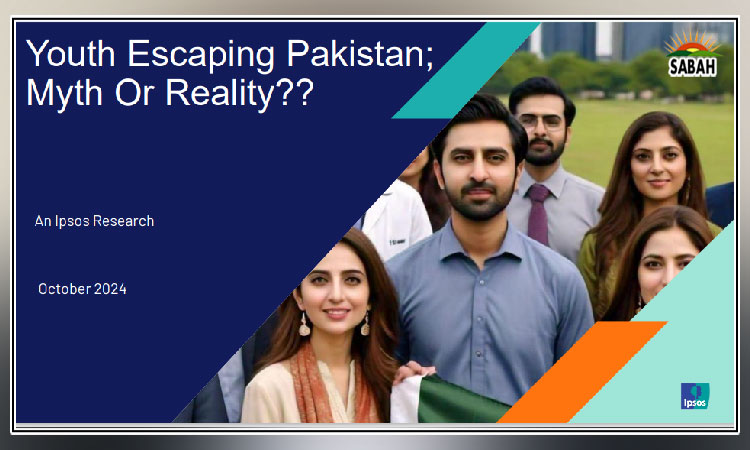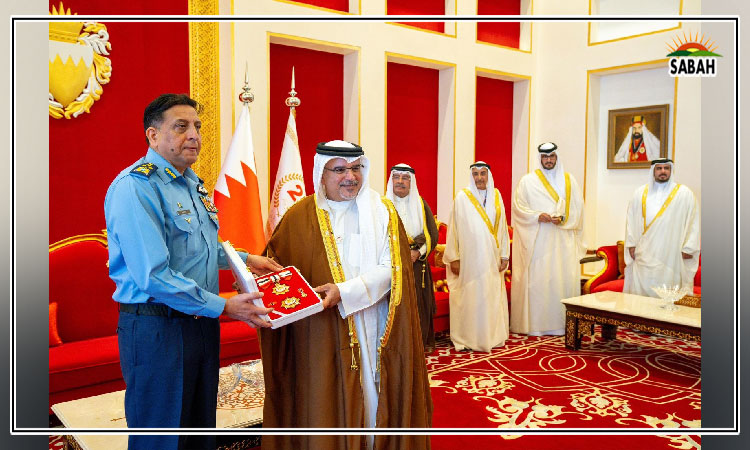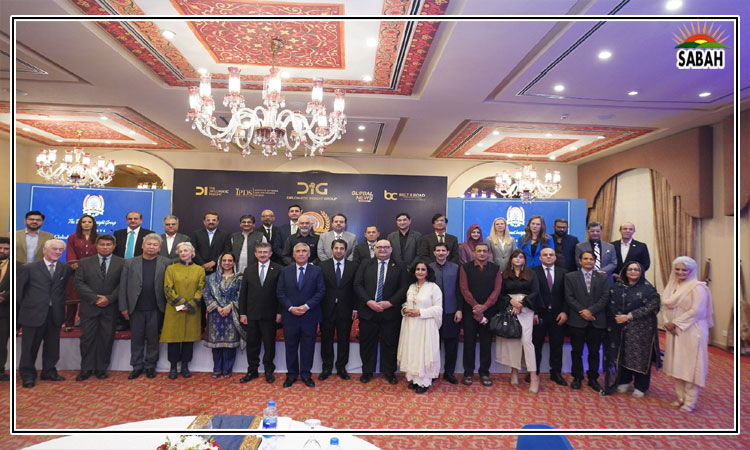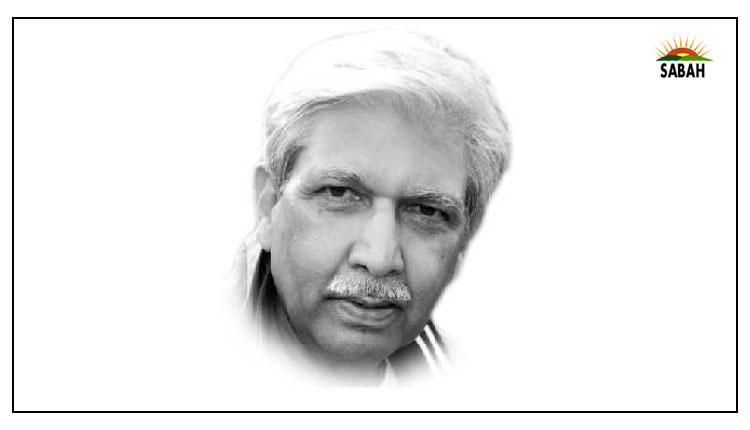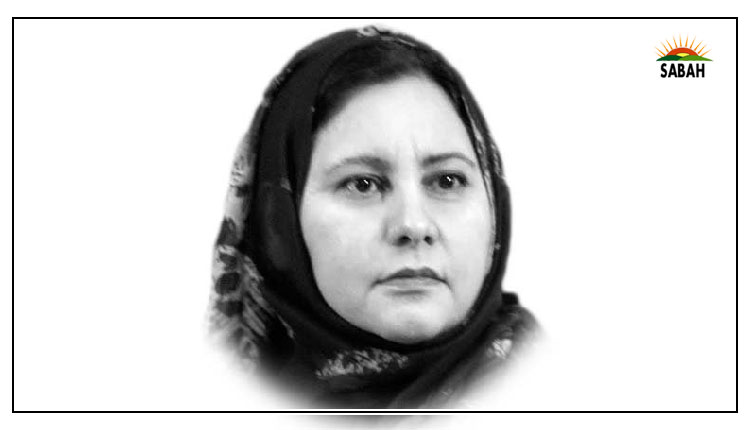The Taliban conundrum…Maleeha Lodhi
FAR from easing, Pakistans Afghan dilemma has become more acute in recent months. Despite several high-level interactions with Kabul aimed at securing its cooperation to contain the Tehreek-i-Taliban Pakistan (TTP), which resides in Afghanistan, little headway seems to have been made. This is evident from the continuing surge in attacks in Pakistan conducted by TTP from their safe havens in Afghanistan.
This was confirmed most recently by the Ministry of Defence report submitted to the Supreme Court, which argued that the internal security situation wasnt conducive to holding provincial elections in May. Although the report was not made public, news reports cited it as maintaining that the terrorist threat had increased because the environment in Afghanistan worsened after the Talibans return to power in August 2021.
It also said that with Kabul unwilling to act against TTP, its regrouping in Afghanistan posed a greater threat to Pakistan. Islamabads growing frustration was reflected in Defence Minister Khawaja Asifs warning last month that Pakistan would strike terrorist hideouts in Afghanistan if the Taliban failed to take action against TTP.
Expectations of Pakistani officials that the Taliban assumption of power would help Pakistan secure its western border proved to be mistaken. A year and a half of Taliban rule has, in fact, seen their relapse into past practices which have aggravated Pakistans security predicament and tested Islamabads patience.
It has also resulted in rising international criticism and disengagement from Kabul. This at a time when the UN is warning of worsening poverty conditions and declining international assistance.
What has Taliban rule meant for Afghanistans people? How is Afghanistan being governed? Are the Taliban different from the past? If they are, in what way? How cohesive are they in power?
A recently published book seeks to answer these questions and more. The Return of the Taliban: Afghanistan after the Americans left by Hassan Abbas explores whether the Talibanare making the transition from their old-world outlook to one in sync with todays realities. The US-based author is no stranger to the issues his book delves into. The book builds on his previous work and is a useful addition to the growing literature on the Taliban.
It starts with a story, which, however, has never been corroborated. Hassan claims that after the Doha peace deal, the beleaguered Afghan president Ashraf Ghani sought revenge on the US, who he believed was conspiring with his Afghan opponents to bring the Talibans chief negotiator Abdul Ghani Baradar to power. He did this by sharing critical security information with rival Taliban leader Sirajuddin Haqqani enabling his faction to enter Kabul ahead of the others.
More importantly, the book offers a compelling account of the last days before Kabul fell, how the leadership fled the country and why the slew of infamous warlords aligned with Ghani gave up without a fight. He endorses the generally accepted view that an exhausted America, a corrupt Kabul government and demoralised Afghan forces all contributed to the Talibans return.
The reality is that the Taliban outlasted the Americans, he writes. How swiftly the capital and the rest of the country fell to the Taliban is attributed to their covert outreach to influential tribes and groups to convince them to strike peace deals to avoid later reprisals. This showed how adept the Taliban were in the art of brokering surrenders.
The book divides its examination of the Taliban into three phases, pre-9/11 Taliban 1.0, post-2001 Taliban 2.0 and the birth of Taliban 3.0 with the start of talks in Doha. The more instructive part is the third phase with the Taliban faced with the imposing task of transitioning from an insurgent to a political group running a government.
Abbas finds the Taliban adapting to their new reality of governing Afghanistan and, in certain sectors, even breaking from commonly held assumptions about them. The Taliban, he writes, have proven to be pragmatic, but they refuse to make any policy adjustment which they think will threaten their internal cohesion or weaken their political base. He also describes the battle lines between the relatively pragmatic Taliban in Kabul and their highly conservative counterparts in Kandahar. This he says is causing policy paralysis.
Discussing the challenge of internal cohesion, Abbas argues that jealousies and rivalries havent reached the stage of fractures but the risk looms. Parallel centres of power are contesting for control and influence but this hasnt weakened the Talibans hold on power.
The division between hardliners and pragmatists persists, which also explains the broken promises to the international community. For now, he sees hardliners and ultraconservatives having the edge.
The disorderly nature of decision-making within the Taliban puts their future and that of the Afghan people at risk. Unless internal divisions are resolved, the Taliban will continue to repeat their past.
But as they struggle to maintain unity, Taliban leaders are cognisant of the need to provide effective governance and engage with the outside world to secure international help and recognition. This is reason enough for Abbas to urge the global community to engage with the Taliban to promote moderation and empower the pragmatists, especially as he discerns a difference between the old and younger generation of the new Taliban.
The book considers the TTP in some detail. Among the reasons the author ascribes to the Talibans reluctance to take action against the militant group is the fear its cadres might join Islamic State-Khorasan.
Disgruntled TTP members, after all, had initially formed the core of IS-K. Discussion of IS-K leads the author to conclude that the Taliban may respond to this threat by reinforcing their ideological purity and reviving their more radical activities to weaken IS-Ks appeal.
The books call to engage the Taliban can hardly be disputed not least because the Afghan people should not be punished for what their authorities do. But Pakistans post-2021 experience lays bare the limits of engaging without a clear strategy.
The Talibans inability to address Pakistans security concerns and lack of responsiveness on other issues, including girls education, suggests engagement should involve a tough love approach that raises the costs for the Taliban of their inflexible stance.
Courtesy Dawn


